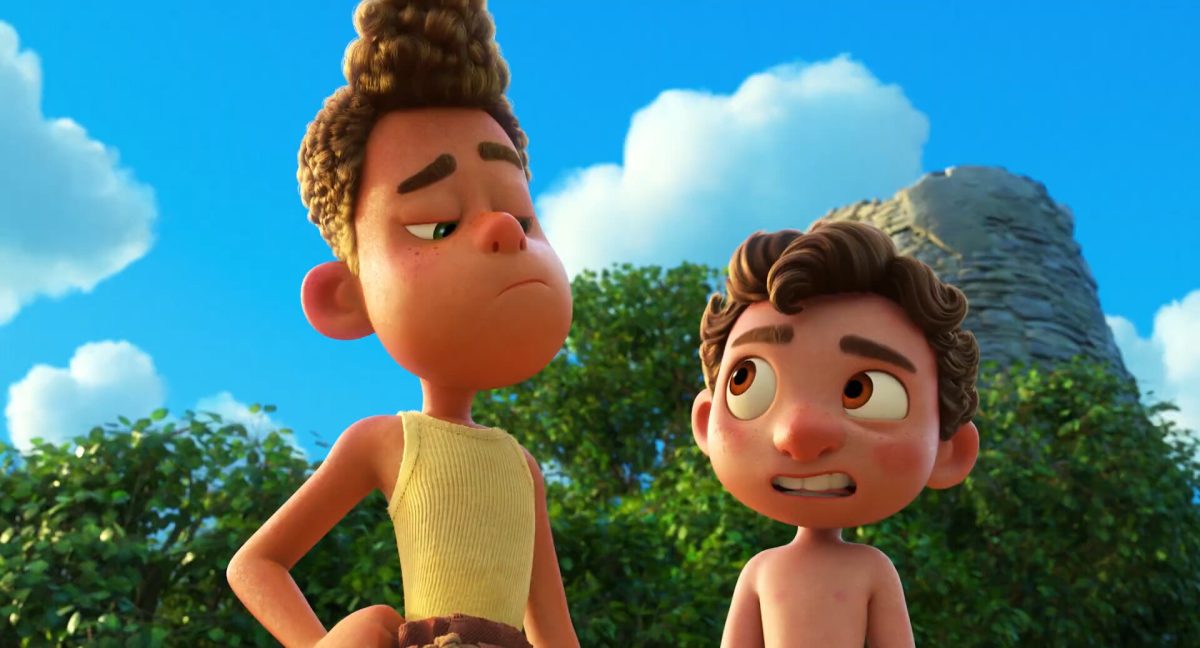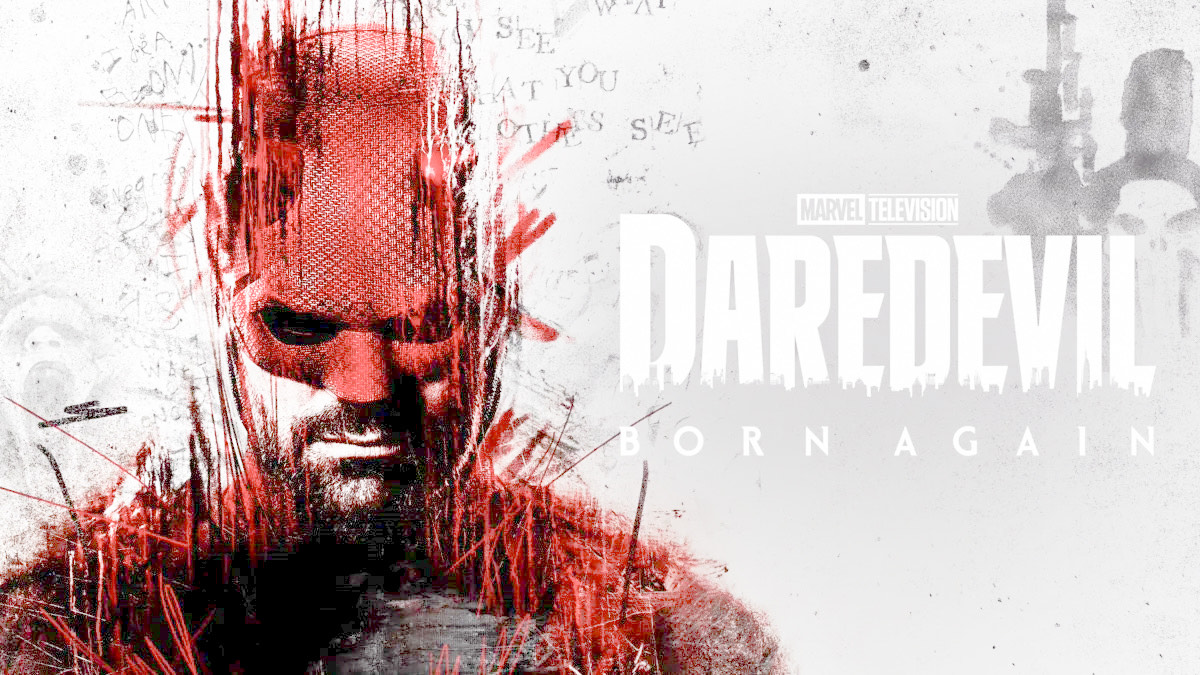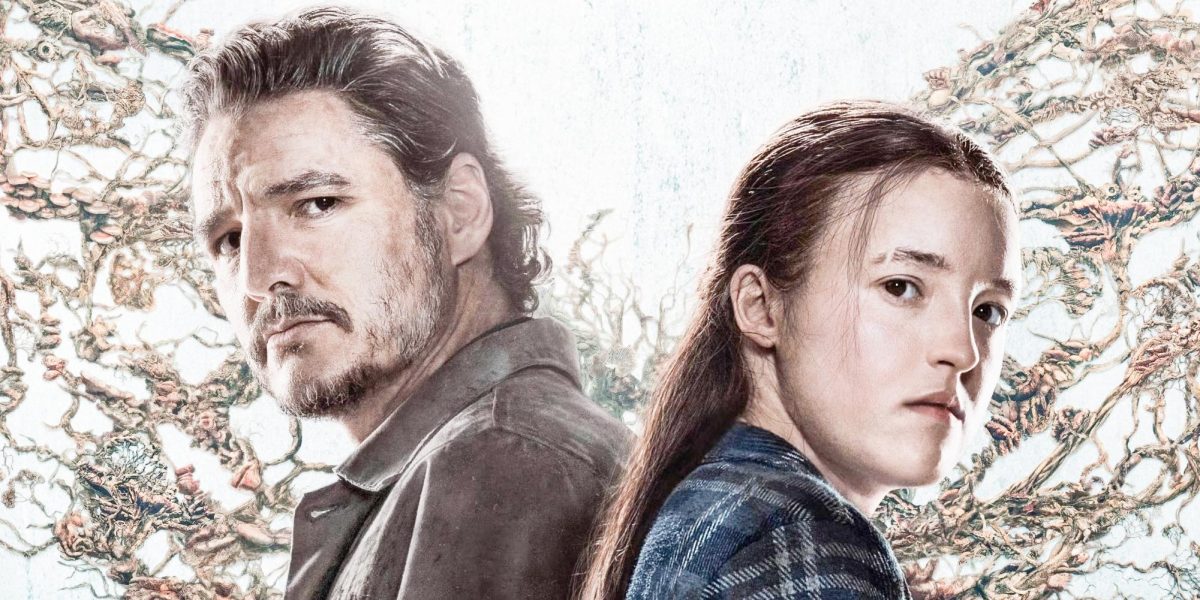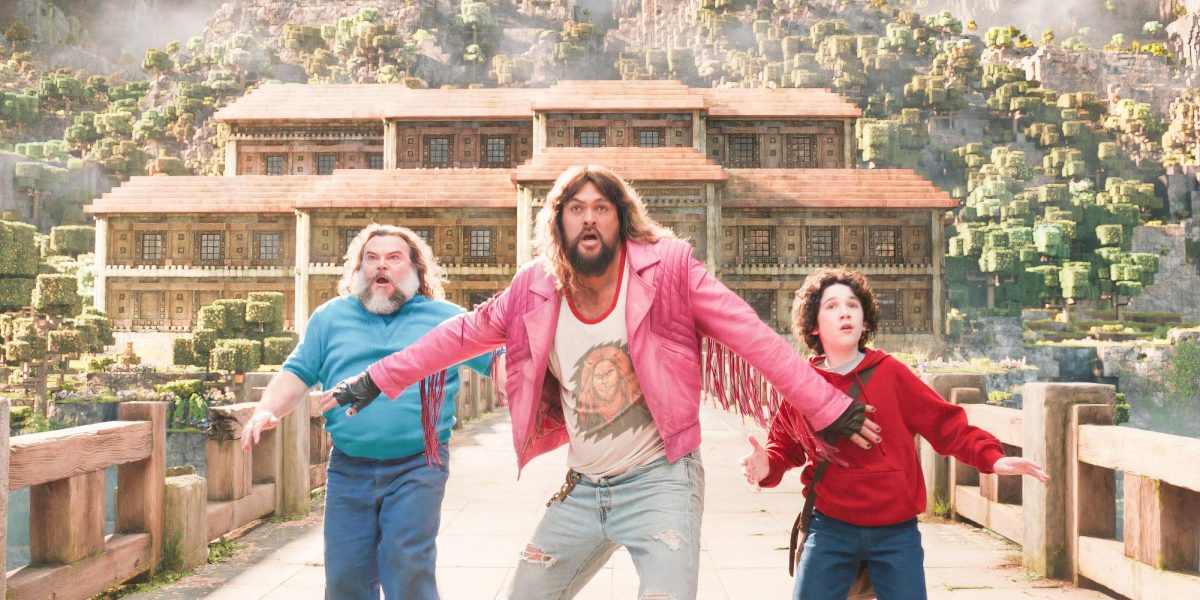Photo Courtesy of IMDb
Set during the summertime, “Luca” follows the titular character (Jacob Tremblay) whose experience as a sea monster changes forever when he meets Alberto Scorfano (Jack Dylan Grazer) who shows him there’s more to life than the sea.
Set in a small town called Portorosso, “Luca” has common scenes for a movie set in Italy. Some of these include the introduction to the Vespa, classic Italian names and scenes of people drinking espresso and eating gelato.
“Luca” brings Italy to life on the screen while focusing on the idea of not being afraid of differences. One of the main points the film makes to emphasize this is by drawing a distinction between the human town of Portorosso and Luca’s underwater world. This can be seen in the contrast of colors between the two settings: Portorosso has more pastel colors while under the sea it is brightly colored. However, despite their differences, the two worlds are able to coexist.
Another theme throughout “Luca” is the differences between the personalities of Luca and Alberto. Luca is seen more as an obedient child while Alberto lives life on the edge. Despite their opposing traits, they are still able to become best friends in no time, which emphasizes the central idea of coming together despite identity differences. The people of Portorosso focus on the idea of what a person is instead of who a person is, and Alberto and Luca’s friendship contrasts this.
The film itself seems to have included aspects of prior animated films. The animation style in “Luca” is reminiscent of the type used in the DreamWorks’ 2000 film “Chicken Run” when it comes to the humans themselves. Not to mention, the film borrows the concept of a protagonist who lives in the sea being curious about the human world, which can be found in “The Little Mermaid.”
Despite these borrowed traits, there are some unique features to “Luca.” In the animation style, there are intricate details, which include emphasizing the texture of rocks and seeing every curl in a character’s hair.
Another noteworthy aspect of the film is having real fish species be the inspiration behind the sea monsters. One example is Luca’s Uncle Ugo (Sacha Baron Cohen), whose sea monster form seems to have been influenced by the anglerfish. Plus, the family next door to Luca has Branzino, the name of a fish species, as their last name.
While the movie itself doesn’t have an adventurous conflict, “Luca” does an excellent job of underlining modern-day realities. These can be seen when Giulia Marcovaldo’s (Emma Berman) parents split up, making the film the first animated Disney movie to have included this real-life scenario. Another first for this Pixar Disney movie is hinting that the protagonists may be a part of the LGBTQ+ community. There are many instances where the people of Portorosso mention how Luca and Alberto are monsters and how the boys may not be afraid of the humans, but the humans are of them. There are also other hints, like how Luca and Alberto are planning on running away together because where they are now, no one can accept them.
“Luca” is a game-changing movie, even though it might not appear so at first glance. What seems to be a male version of “The Little Mermaid” is in fact a story of two young boys with a shared dream whose lives change when they realize the world they know is not the only one. The film teaches generations about friendship, acceptance and family. “Luca” emphasizes the main points of dreams becoming reality and true love coming from fulfilling another person’s happiness.








